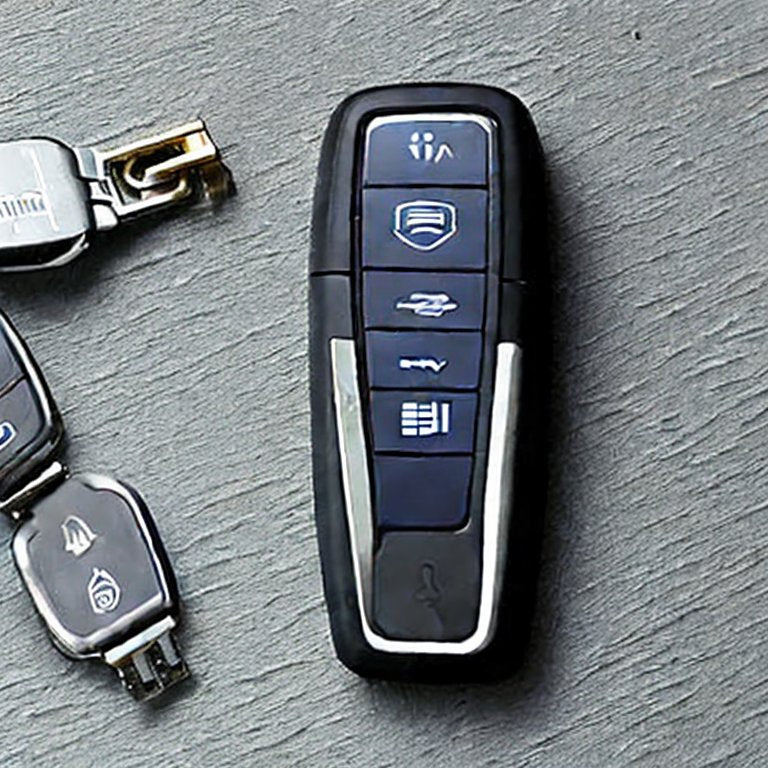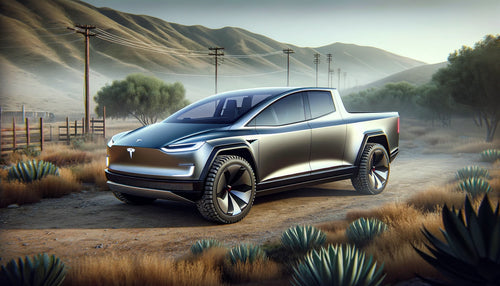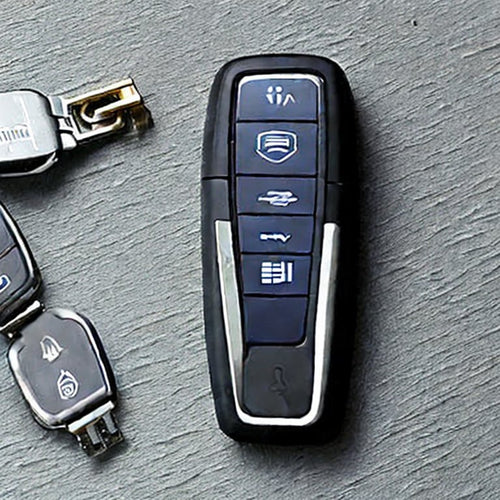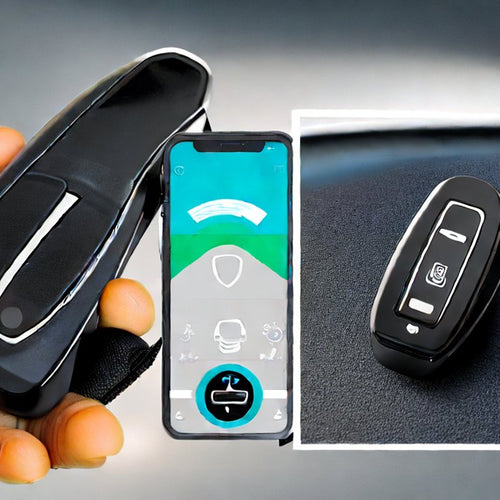
Unlocking the Past: A History of Smart Keys in the Automotive Industry
- on January 29, 2023
- Categories: Auto
The evolution of smart keys in the automotive industry is a fascinating subject that has seen a lot of advancements over the years. From the early days of Assyrian locks that used sliding tumblers, to the modern-day smart keys that we have today, the history of smart keys is a story of innovation and progress.
In the early days of the automotive industry, keys were simple mechanical devices that were used to start the engine of a vehicle. These keys were typically made from metal and had a unique shape that matched the lock on the vehicle. This meant that only the person with the correct key could start the vehicle, providing a basic level of security for the owner.
However, as technology progressed, so too did the sophistication of smart keys. In the 1960s, electronic ignition systems were introduced, which allowed for the use of electronic keys. These keys were still simple, mechanical devices, but they could be programmed to work with specific vehicles. This meant that even if someone had the correct key, they would not be able to start the vehicle if the key was not programmed to work with that specific vehicle.
In the 1980s and 1990s, smart keys began to evolve further, with the introduction of transponder technology. Transponders are small electronic devices that are embedded in the key and communicate with the vehicle's electronic control unit (ECU). This allows for a much higher level of security, as the key and the vehicle have to be in close proximity for the key to work. This means that even if someone has the correct key, they will not be able to start the vehicle if they are not close enough to the vehicle.
With the advent of the 21st century, smart keys have undergone another transformation. With the advent of keyless entry, smart keys now have the capability to unlock and start the vehicle without physically inserting a key into the lock. This is done through the use of radio-frequency identification (RFID) technology. RFID allows the vehicle to detect the key when it is in close proximity and unlock the doors, and even start the engine without physically inserting the key.
Another important development in smart keys is the integration of smartphones. With the advent of mobile application, we can now use our smartphones as keys. This means that we no longer need to carry a physical key around with us, and we can simply use our smartphone to unlock and start our vehicle. This is done through Bluetooth technology which allows the phone to communicate with the car.
The history and evolution of smart keys in the automotive industry is a fascinating subject, with many different advancements and developments. From the early days of simple mechanical keys, to the modern-day smart keys that we have today, the history of smart keys is a story of innovation and progress.
One thing is certain, this technology will continue to evolve and improve in the future, making our lives easier, and our cars more secure. We can expect to see more integration with other technologies such as Artificial Intelligence and the Internet of Things to make the use of smart keys even more convenient and efficient.[1][2][3]





